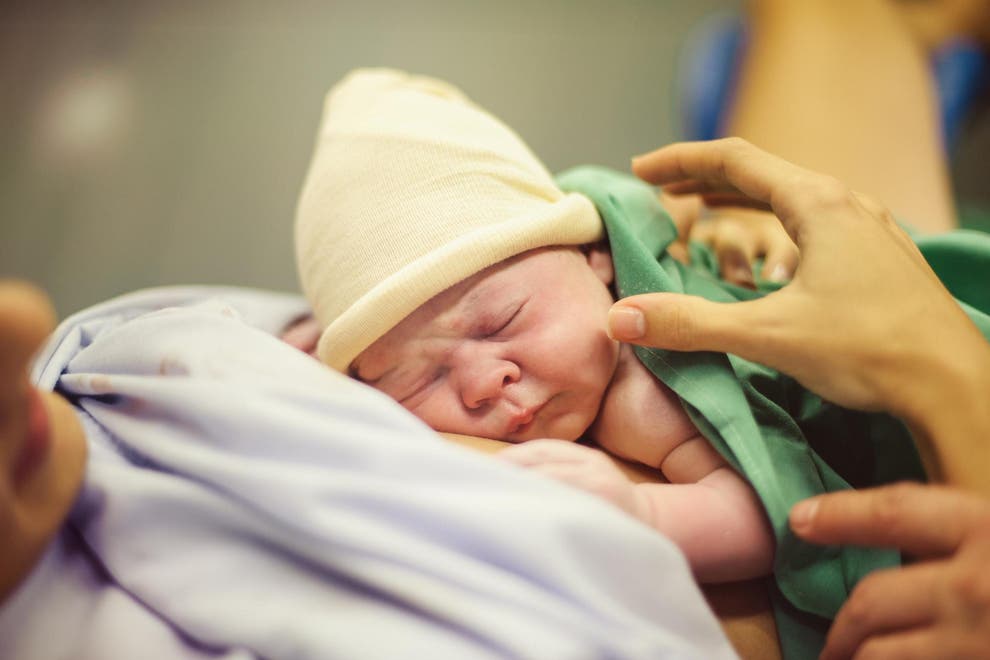Giving birth can be a nerve-wracking experience, especially if it’s your first time. Sometimes, a C-section may be necessary due to medical reasons or complications during delivery. The incidence of C-section delivery ranges between 30-50% of all pregnant women worldwide. As a mother-to-be, it is important to have knowledge about what to expect before, during, and after a C-section. This article will cover everything you need to know about C-sections which will make it easy to understand.
What is a C-Section?
A cesarean section, or C-section, is a surgical procedure to deliver a baby. During a C-section, a doctor makes an incision in the mother’s abdomen and uterus to remove the baby. C-sections are usually performed when vaginal delivery poses a risk to the mother or the baby or if the mother has had 2 previous C-sections.
Reasons for a C-Section
There are several reasons why a C-section may be necessary, including:
- Placenta previa: The placenta blocks the cervix, making vaginal delivery
- Breech presentation: The baby is positioned on feet or buttocks first, making vaginal delivery unsafe. However, some women can deliver through the vagina if they fulfill the prerequisite criteria.
- Multiple births: A C-section may be necessary if you are carrying twins or triplets.
- Fetal distress: The baby is showing signs of distress, such as an abnormal heart rate, and needs to be delivered quickly.
- Maternal health issues: If you have high blood pressure, diabetes, or another health condition, a C-section may be recommended for your and your baby’s safety. However, many women can still deliver vaginally.
Preparing for a C-Section
If your doctor has recommended a C-section, there are several things you can do to prepare yourself. Firstly, talk to your doctor about what to expect during the procedure and recovery process. You may also want to consider attending a childbirth class specifically for C-sections. Pack a hospital bag with items you will need during your hospital stays, such as comfortable clothes, toiletries, and baby clothes. Make arrangements for someone to take care of your other children or pets while you are in the hospital.
What to expect during a C-Section
During a C-section, you will be given mostly regional anesthesia to numb the lower half of your body. This may be in the form of a spinal block or epidural, which will allow you to be awake during the procedure, and to see and even feed your baby. In a few cases, you might need to fall asleep under general anesthesia until the surgery is finished.
Your doctor will make an incision in your abdomen and uterus to remove the baby. The procedure usually takes 30-45 minutes.
After the baby is delivered, the doctor will stitch up the incisions. You will then be moved to a recovery room, where you will be monitored for a few hours. Most women stay in the hospital for 2-3 days after a C-section.
Recovery after a C-Section
After the surgery, taking care of yourself and following your doctor’s advice for a smooth recovery is essential. You can expect to stay in the hospital for two to three days after the procedure. Your doctor will likely prescribe pain medication to manage any discomfort you may experience. Walking around and doing light exercises like breathing exercises, leg lifts, and pelvic tilts can help reduce the risk of blood clots and speed up recovery. However, anti-blood clot injections will be prescribed for a certain amount of time post the C-section, ranging from 10 days up to 6 weeks based on your risk score. It’s important to avoid any heavy lifting or strenuous activity for at least six to eight weeks after the procedure to give your body time to heal. Recovering from a C-section takes time, and you will need to take it easy for several weeks after the procedure.
Nowadays, most skin stitches are self-dissolvable, so you do not have to worry about removing the skin stitches a week later than it was before.
Dos and Don’ts after a C-Section
Here are some dos and don’ts to keep in mind after a C-section:
Dos:
- Take your pain medication as prescribed.
- Get plenty of rest and sleep.
- Walk around as soon as possible after the procedure to prevent blood clots.
- Drink plenty of fluids to prevent constipation.
- Eat a healthy diet to promote healing.
Don’ts:
- Lift heavy objects or engage in strenuous activities.
- Take a bath until your incision has fully healed.
- Use any products on your incision site without consulting your doctor first.
Breastfeeding after a C-section
Breastfeeding after a C-section can be challenging, but with the right support and information, it’s definitely possible. Some women may experience a delay in milk production due to the stress of surgery and anesthesia, but frequent breastfeeding or pumping can help to stimulate milk production. It’s essential to have a good latch and comfortable positioning to prevent any additional pain or discomfort. Lactation consultants and nurses can be great resources for breastfeeding support.
Emotional recovery after a C-section
A C-section can be an emotionally challenging experience, and it’s normal to feel a range of emotions after the procedure. It’s essential to talk to your healthcare provider or a mental health professional if you’re experiencing symptoms of postpartum depression or anxiety. Remember to take care of yourself and ask for help when needed.
An insight from mamahood
Having a C-section can be an unexpected and challenging experience for many mothers-to-be. It is very important to be informed and prepared for both scenarios. While a C-section may not be the ideal birth plan for some mothers, it’s important to remember that it’s ultimately about your and your baby’s health and safety. Don’t hesitate to ask questions and advocate for your needs throughout the process. If you need more support, please feel free to reach out to the Health Advisors through live chat or private mail.








